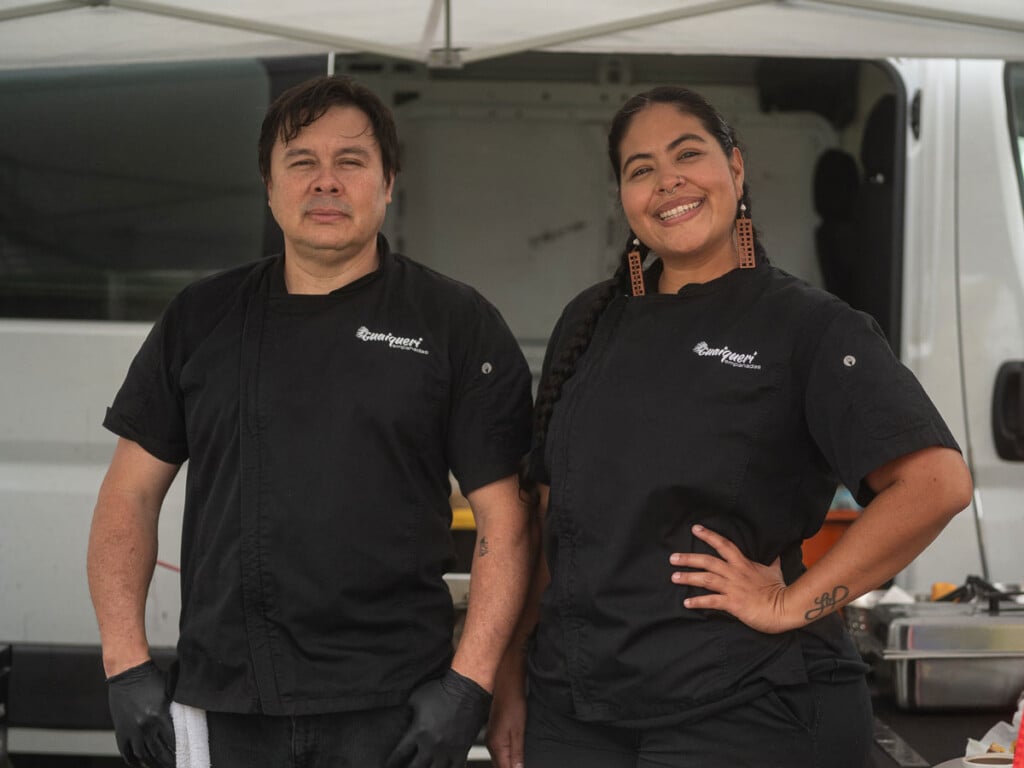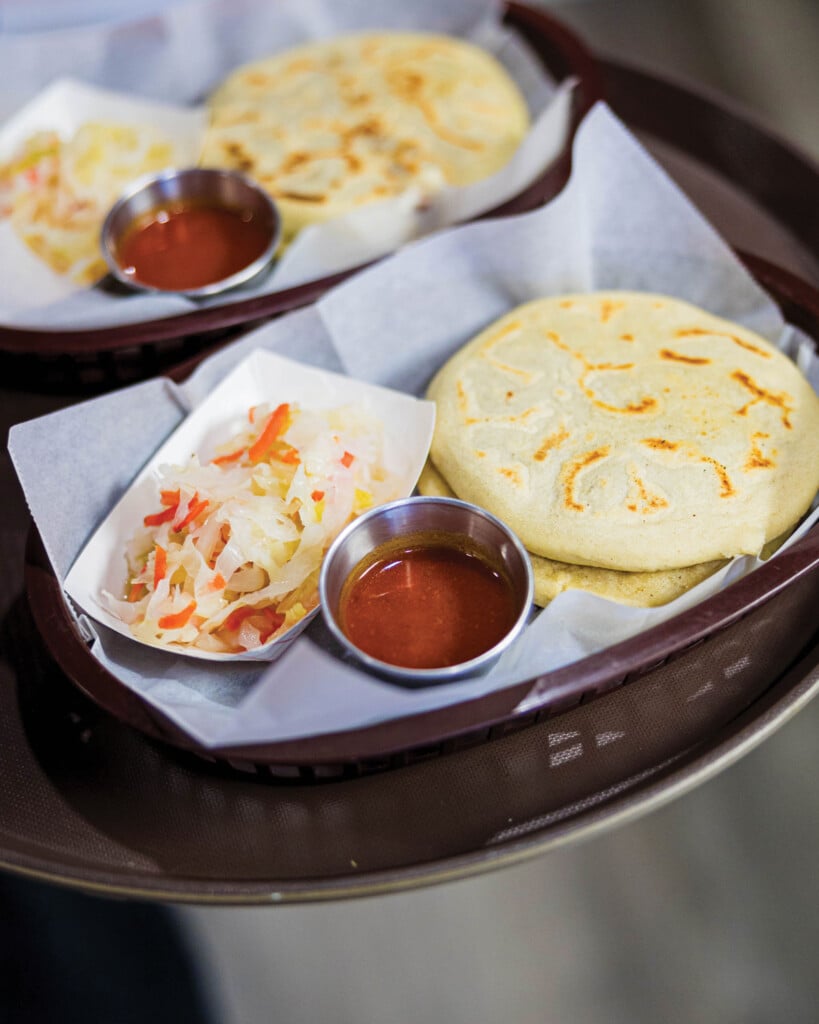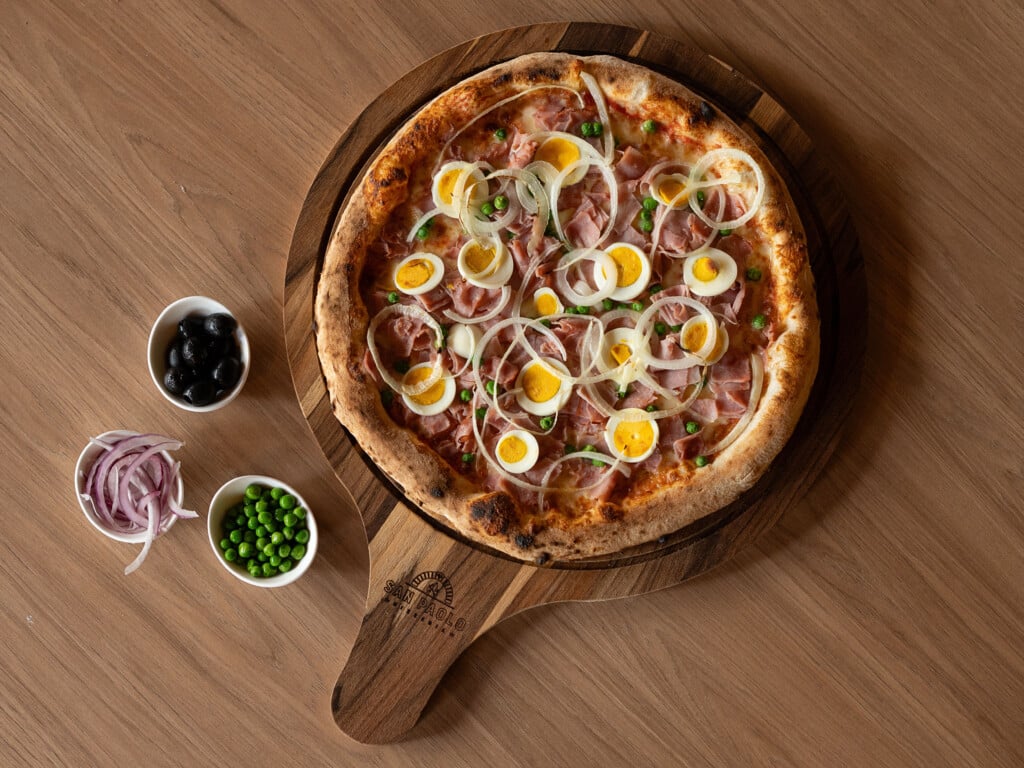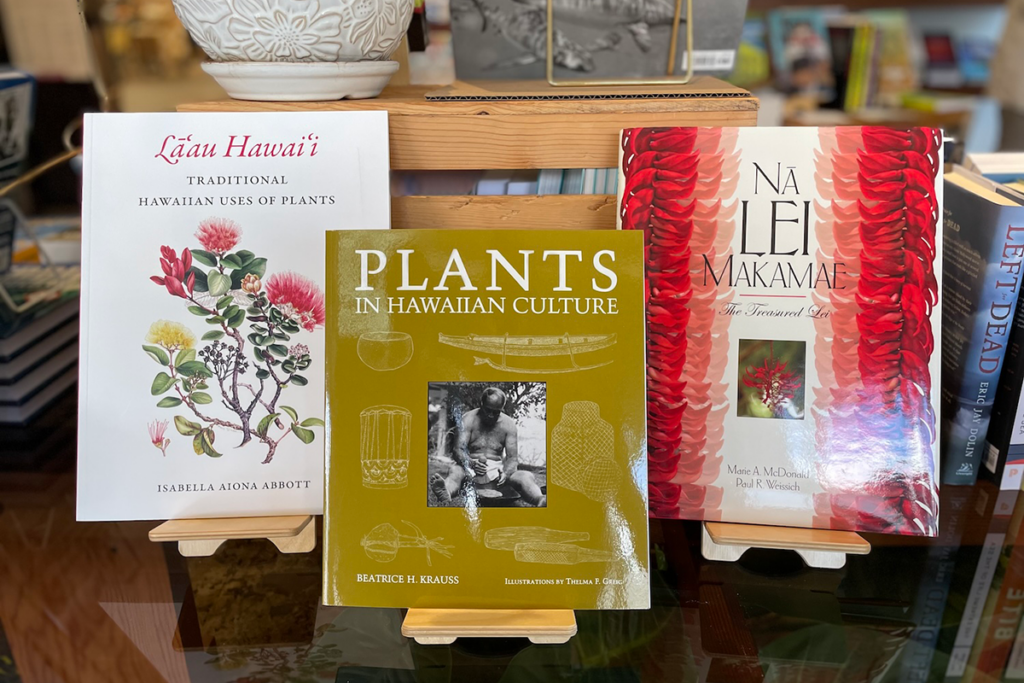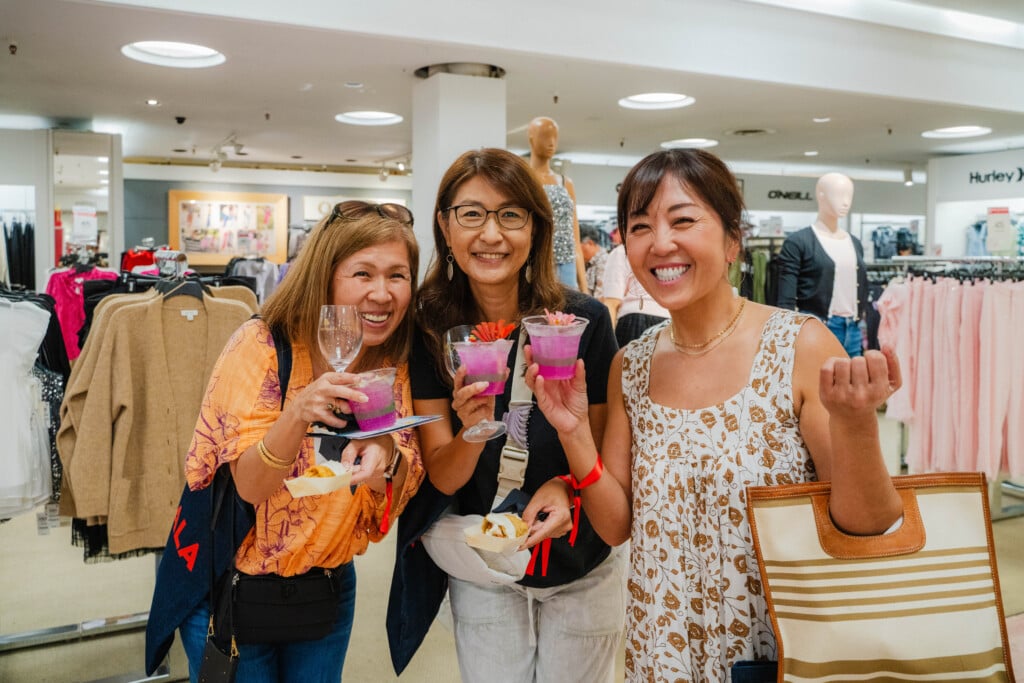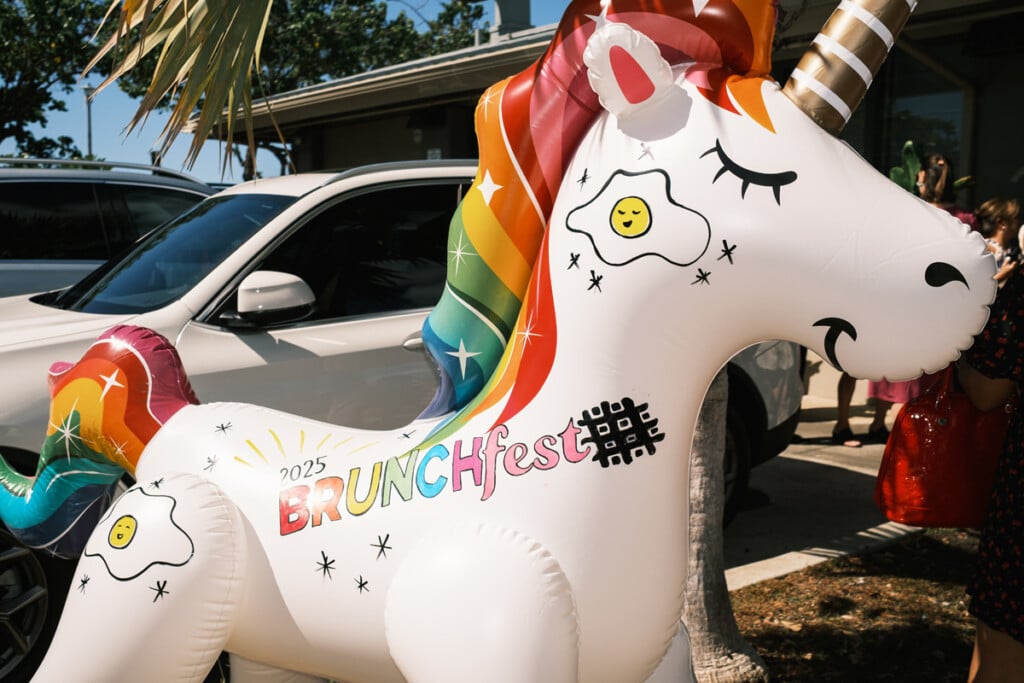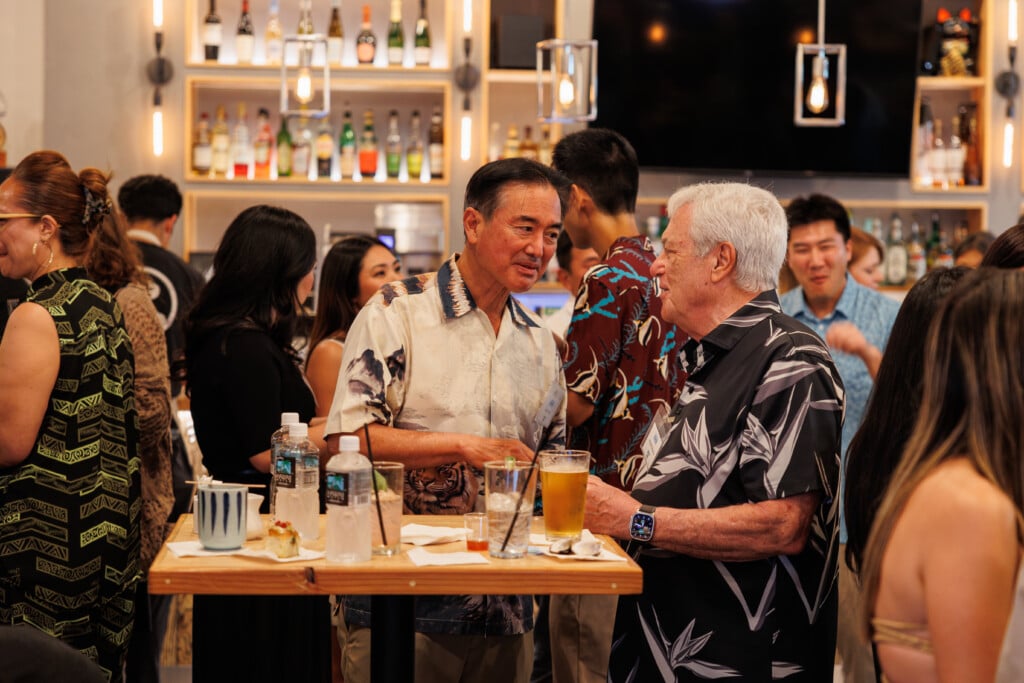Ceramicist Kana Ogawa Finds Joy Between Kintsugi’s Gilded Lines
“While I’m physically putting those puzzle pieces back together, it recreates a beautiful connection between the things we use and each other.”

Photo: Aaron K. Yoshino
Kana Ogawa’s relationship with kintsugi, a traditional Japanese pottery-mending technique, began the way it does for so many—she broke something. “It was a teacup,” Ogawa says. “It was the first cup that I’d bought that was handmade, so it was really important to me.” She stashed the pieces away thinking that one day she’d glue them back together, and as one does, promptly forgot about them.
Then, while visiting family in Japan, Ogawa stumbled across a kintsugi kit and proceeded to slowly, painstakingly teach herself the craft. “They make it look easy, but it’s not,” she says. “You really need to understand how lacquer works, the right mixing ratios and how the environment and humidity affects the drying speed. You can’t skip steps, and you can’t go back and fix everything. It’s a lot of trial and error and studying.”

Photo: Aaron K. Yoshino
Kintsugi originated in 15th century Japan, when urushi (sap from lacquer trees) was mixed with other binders and metal powder to create an adhesive. “Pottery was hard to come by back then, so every piece was precious,” Ogawa says.
SEE ALSO: Feed Your Artistic Appetite With Fishschool Classes
Today, with mass manufacturing, kintsugi has dwindled in popularity. But for Ogawa, now a potter herself, the practice’s value extends far beyond practicality—it brings her back in alignment with the natural world. “The society we live in is so fast-paced” and kintsugi requires that you slow down, appreciate and surrender to the materials, she says.

Photo: Jasper Cabiao
Now, Ogawa offers kintsugi services to others. She’s fixed everything from dishware and vases to a cherished whistle from South Korea’s Jeju Island. One of her favorite repairs is a small green-and-white soup bowl left behind by her roommate. “It was cracked exactly in half, so it was like the two of us separated, but put back together,” Ogawa says.
Besides turning out lovely final products, it’s that fostering of relationships that she enjoys the most—whether it’s between a person and a beloved object, a memory or another person. “While I’m physically putting those puzzle pieces back together, it recreates a beautiful connection between the things we use and each other.”
